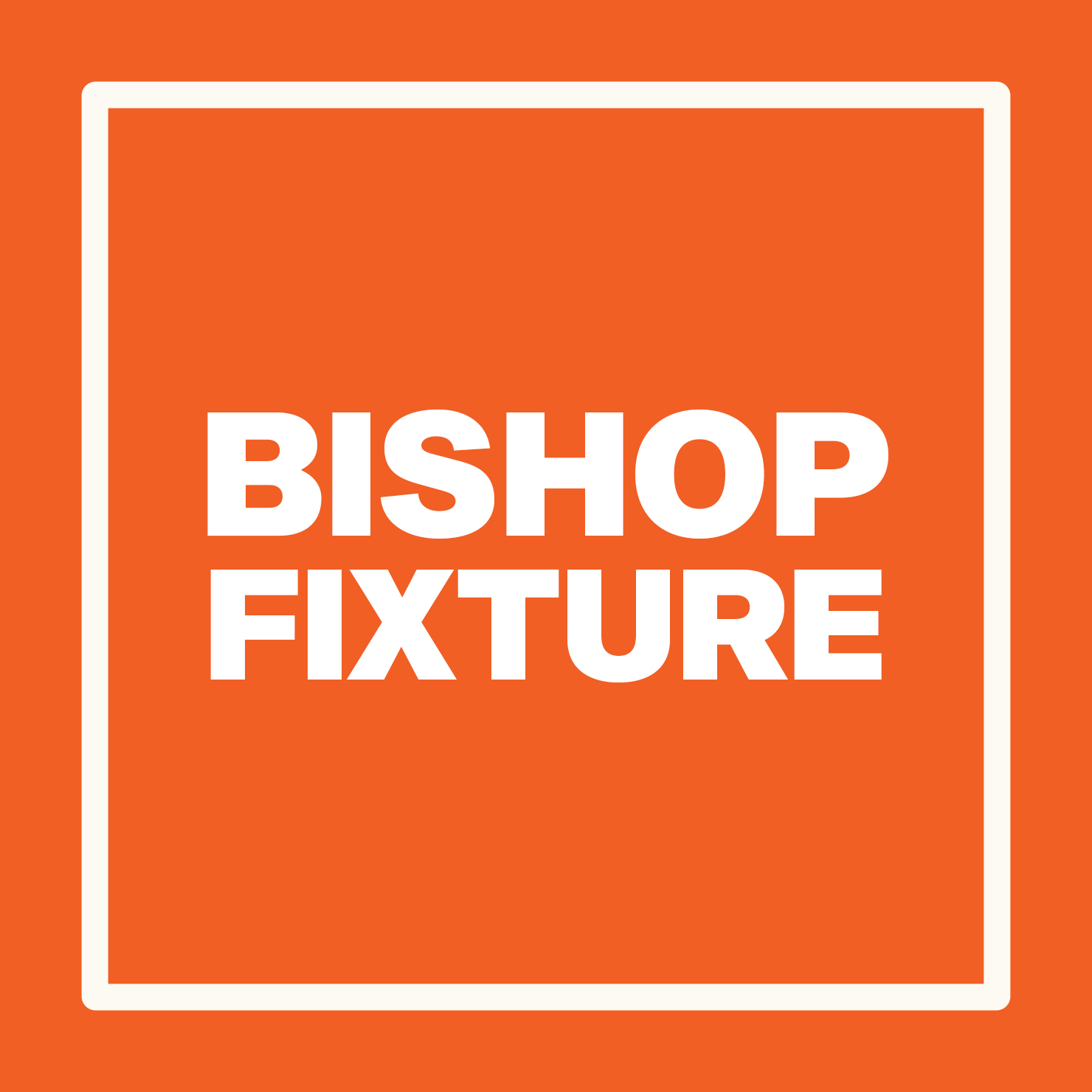8 Best Practices for Designing Store Fixtures and Displays That Attract and Retain Customers

Designing store fixtures and displays is a crucial aspect of retail store design, as it helps to create a cohesive and visually appealing shopping experience for customers. Here are some best practices to consider when designing store fixtures and displays:

1. Functionality
Store fixtures and displays should be functional and practical, allowing customers to easily access and browse products. This includes ensuring that shelving units are sturdy and can hold the weight of the products, and that items are placed at an appropriate height for customers to reach.

2. Aesthetics
Store fixtures and displays should be visually appealing and help to create a cohesive brand aesthetic. This includes choosing materials and colors that align with the store's branding and using lighting and signage to draw attention to certain products or areas of the store.

3. Flexibility
Store fixtures and displays should be flexible and able to adapt to changing product lines or seasonal promotions. Consider using modular fixtures that can be easily rearranged or added to as needed.

4. Branding
Store fixtures and displays should help to reinforce the store's branding and create a cohesive brand identity. This includes using consistent design elements, such as colors and fonts, across all fixtures and displays.

5. Customer Experience
Store fixtures and displays should be designed with the customer in mind, creating an enjoyable and easy shopping experience. This includes using clear signage to guide customers through the store, and placing products in a logical and intuitive way.

6. Merchandising
Proper merchandising is crucial for store fixtures and displays. This includes grouping similar products together, using eye-catching displays to draw attention to certain products, and using visual cues, such as colors and patterns, to create a cohesive look.

7. Sustainability
Store fixtures and displays should be sustainable and eco-friendly, using materials and design elements that have a minimal impact on the environment. This includes choosing energy-efficient lighting and using recycled or recyclable materials wherever possible.

8. Safety
Store fixtures and displays should be safe for customers and employees, ensuring that they are sturdy and well-maintained. This includes regularly inspecting fixtures and displays for any damage or wear, and making any necessary repairs or replacements.
By following these best practices, you can create effective and visually appealing store fixtures and displays that help to create a cohesive and enjoyable shopping experience for customers.
